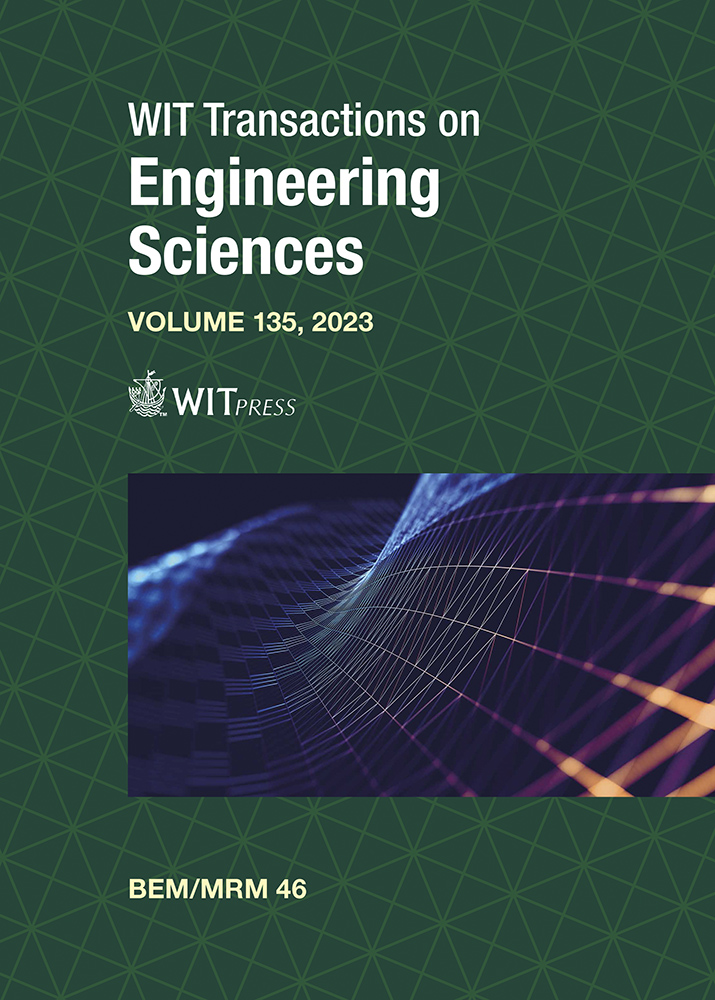PROGRESS OF MESH REDUCTION METHODS
Price
Free (open access)
Transaction
Volume
135
Pages
14
Page Range
97 - 110
Published
2023
Paper DOI
10.2495/BE460091
Copyright
Author(s)
XIAO-WEI GAO, HUA-YU LIU, WEI-LONG FAN
Abstract
According to the discretization manner and manipulation dimensionality, numerical methods can be classified into two big groups, the full dimensionality method and mesh reduction methods. The former includes the finite element method, finite block method, element differential method and so on, and the latter can be further divided into three types: surface-based, line-based and point-based methods. The surface-based method consists of the boundary element method, finite volume method, boundary face method and so on; the line-based method includes the finite difference method, finite element line method, finite line method and so on; and the point-based method mainly consists of the mesh free method, fundamental solution method, free element method and so on. The paper gives a detailed description on the progress achieved in recent years in the mesh reduction methods, among which a brief introduction will go into the surface- and point-based methods and a detailed one will be given to the line-based methods, especially the finite line method (FLM). FLM is a new type collocation method, which has a distinct feature that the solution scheme to solve a partial differential equation is established by using two or three lines crossing a collocation point for 2D or 3D problems. The Lagrange polynomial formulation is used to approximate the variation of the coordinates and physical variables over each line. And the directional derivative technique is used to derive various orders spatial partial derivatives of any physical variables. The derived partial derivatives can be directly substituted into the governing partial differential equations and related boundary conditions to set up the discretized system of equations. An example will be given for the mechanical problem to demonstrate the accuracy and efficiency of the descripted mesh reduction methods.
Keywords
mesh reduction method, finite line method, collocation method, finite difference method, mesh free method





